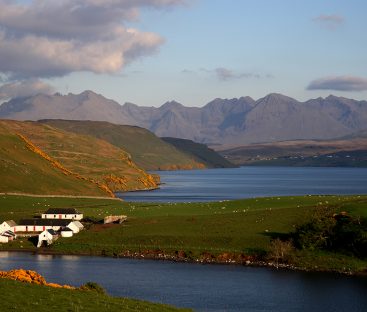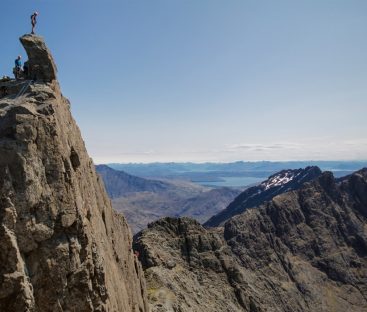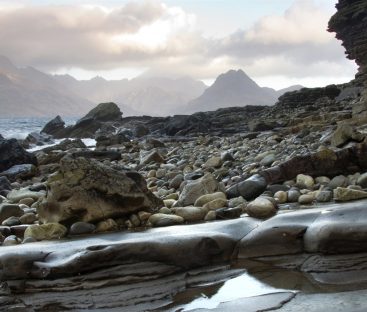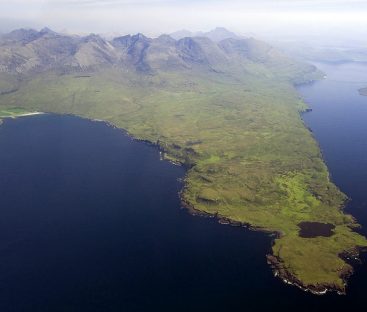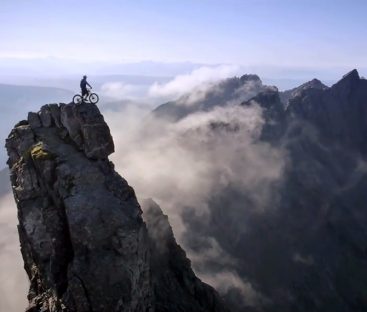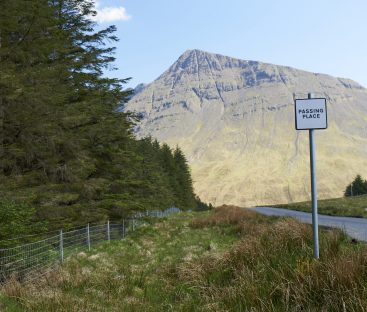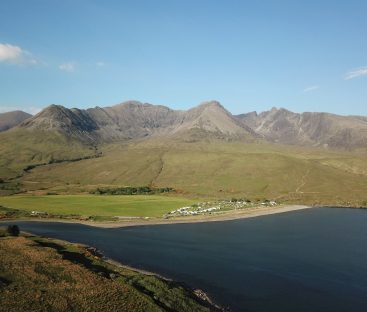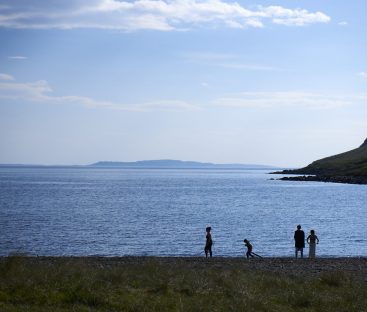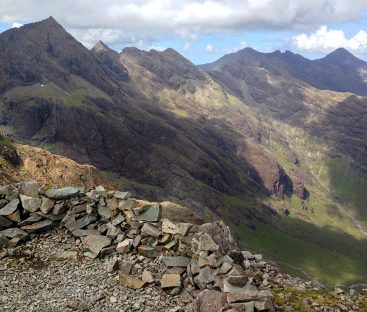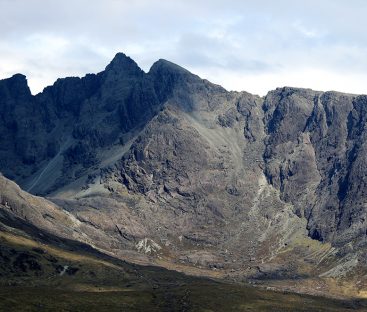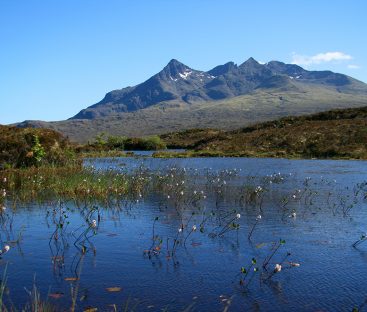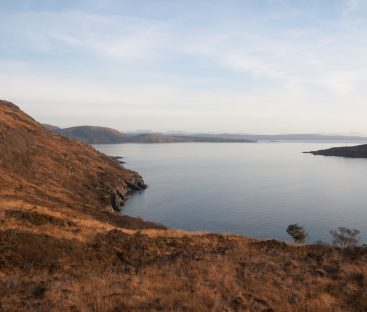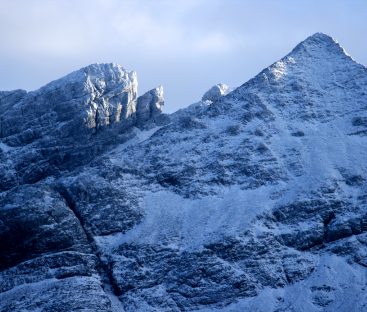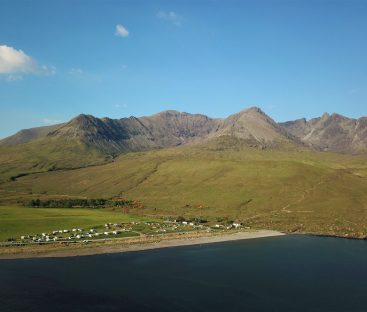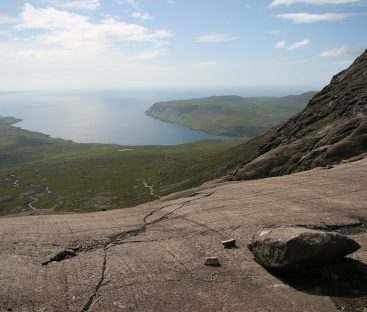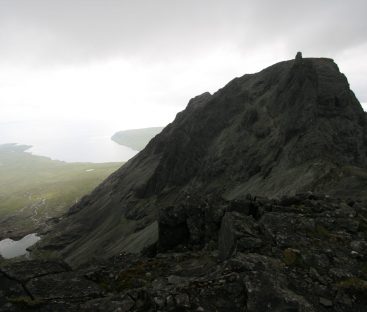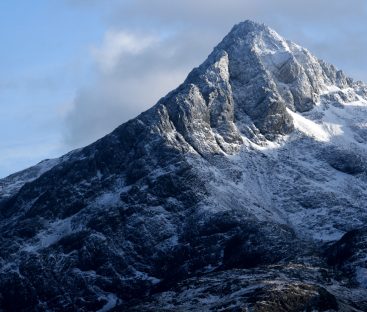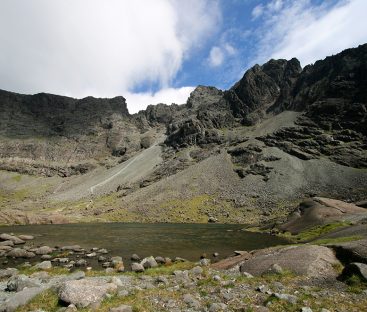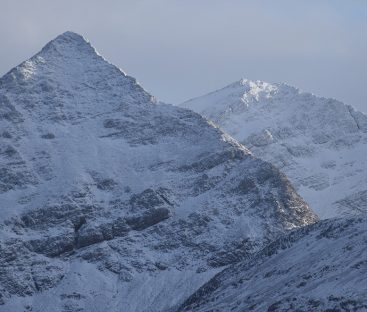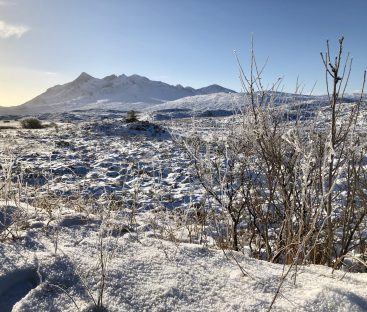The Cuillin is a world famous mountain range on the Isle of Skye and forms part of the MacLeod Estate. Mainly composed of basalt and gabbro, the Black Cuillin derives its name from the dark colour of the gabbro. The summits of the Cuillin are bare rock, jagged in outline and with steep cliffs and deep cut corries and gullies. All twelve Munros on Skye are Black Cuillin peaks except for Blaven which belongs to a group of outliers separated from the main ridge by Glen Sligachan. The highest point of the Black Cuillin is Sgùrr Alasdair at 992m (3,255ft). At the heart of The Cuillin lies one of Britain’s most famous corrie’s, Loch Coruisk, a deep and forbidding body of water.
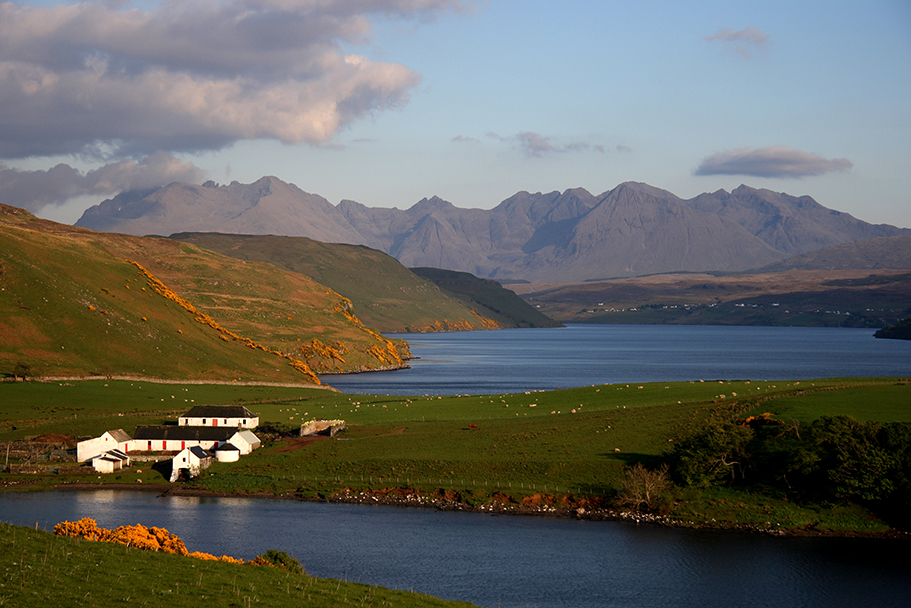
Today the vast majority of the Cuillin area is classed as a SSSI (Site of Special Scientific Interest) with a part of it designated as an SPA (Special Protection Area) for various species of birds including the Golden Eagle. The MacLeod Estate discharges its obligation to conserve this unique wilderness by undertaking a variety of conservation measures in partnership with other agencies to monitor the Cuillin’s fragile ecosystems and facilitate improvements in the core path access for the general public.
The Cuillin mountains can be approached from three sites: from the south by foot or by boat from Elgol; from the Sligachan Hotel to the north; or from the estate’s award-winning Glenbrittle Campsite & Cafe to the west of the mountains. Glen Sligachan is one of the most popular routes, dividing as it does the granite of the round-topped Red Hills (sometimes known as the Red Cuillin) to the east from the dark, coarse-grained jagged-edged of the Black Cuillin to the west. With some 20 Munros between them, these mountains are the Alps of the UK.
The Cuillin has inspired countless artists such as William Turner and Sir Walter Scott who described them thus following his visit in 1814:
‘We were now under the western termination of the high mountains of Cuillin, whose weather-beaten and serrated peaks we had admired at a distance from Dunvegan. They sunk here upon the sea, but with the same bold and peremptory aspect which their distant appearance indicated. They seemed to consist of precipitous sheets of naked rock, down which torrents were leaping in a hundred lines of foam. The tops, apparently inaccessible to human foot, were rent and split into the most tremendous pinnacles: towards the base of these bare and precipitous crags the ground, enriched by the soil washed away from them, is verdant and productive.’




